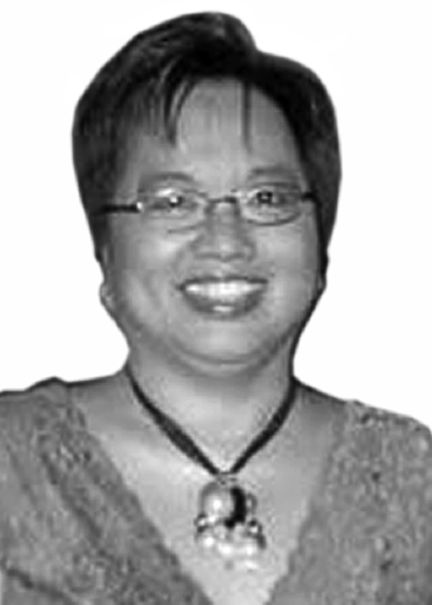
David
Adding my own views to the cacophony of voices raised over “The Kiss,” the onstage lip-locking of President Duterte and a Filipina during a gathering of migrant Filipinos in Korea. Glimpsing videos and still shots of the moment, a thought bubble appeared: This is what sexual harassment looks like.
Though no one disputes that the kiss was “voluntary” on the part of the woman (who is married to a Korean), one could see, in her hesitation, her facial expression and grimace after the “peck” on her lips that she was at best coerced into it.
While the crowd was hooting, laughing and cajoling the pair, it was far from amusing.
The President had singled out the Filipina, and pointed her out to his aides so they could bring her up the stage to receive a book from him.
No outright violence here, but as studies have pointed out, “power” is exercised in different ways, and certainly a crude “request” for a kiss from the most powerful man in the land is ignored or rebuffed at great cost.
Part of Filipino culture? What studies has spokesman Harry Roque been reading?
True, beso-beso or air-kissing while touching cheeks is common practice, but this was no innocent social interaction.
This was sexual predation.
A grandfather kissing a grandchild?
On the lips, while looking on lasciviously?
How low would Sal Panelo go to greet an apo?
This would, as observers insist, fall within the realm of incest.
I’m glad Kris Aquino has chosen to challenge a lascivious blogger who, to rebut critics of The Kiss, posted a shot of Ninoy Aquino being bussed on the cheek by a woman fan on the plane that brought Ninoy home to Manila and to martyrdom. It was indeed like rubbing salt on the raw wounds of a still-grieving family and nation.
I had the honor to host this year’s L’Oreal-Unesco “For Women in Science” awards last Tuesday, “celebrating the women who dared to ask questions — and dared to answer them.”
The local FWIS search has yielded a Global laureate, Dr. Lourdes Cruz, a biochemist whose research on marine snails led to the development of painkillers. For this year’s search, which made a comeback in the country after six years, Dr. Cruz headed the jury, along with women scientists Dr. Rhodora Azanza, Dr. Agnes Rola and Dr. Aura Matias.
Named this year’s fellow was Dr. Charissa Ferrera, who was recognized for her research on the effects on the marine environment of bangus fish cages and ponds.
Her award money, she said, will go toward a program to mitigate the impact of these structures, track the factors that lead to catastrophic fish kills, and provide alternative livelihoods for the affected families.
Part of the program was a panel discussion on the challenges faced by women in science, with participants Dr. Didith Rodrigo, Dr. Laura David, Dr. Marieta Sumagaysay, and Dr. Aleta Yniguez. I hope our brief exchange inspired the young women in the audience to take up careers in the sciences and prevail despite personal and professional challenges.
Dr. Shahbaz Khan, regional head for Unesco, pointed out in his talk that while women and men enter undergraduate science courses in about equal numbers, there exists a “leaky pipe” for women scientists, with fewer and fewer women pursuing their masteral and doctoral degrees.
Would the imperatives of marriage and motherhood have something to do with this?